Snakes in a Cave – Nate Dappen & Neil Losin (2014)
As the world is shaking with the news of a new corona virus outbreak in China, researchers have quickly identified the potential source of 2019-nCoV based on the spike forming glycoprotein structure. Just like the hugely informative movie Contagion (2011) depicting a realistic scenario this new virus was a bizarre sounding recombinant. The corona virus SARS-CoV-2 appeared to be a recombinant of a bat and a snake virus. At first, you may naturally ask how could this weird merger have […]

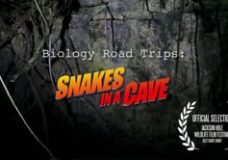
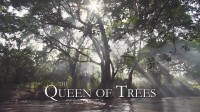
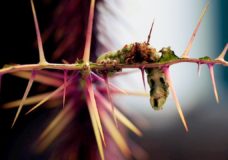
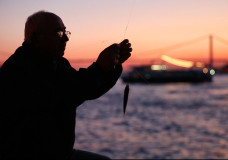
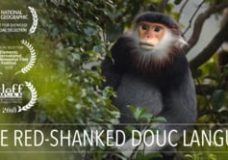
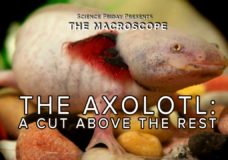

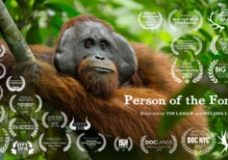

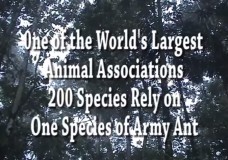
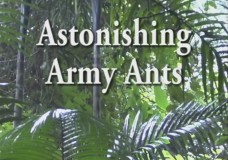
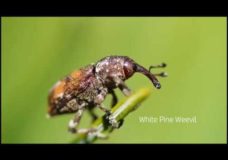
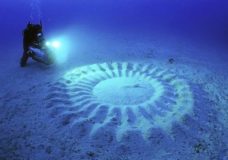
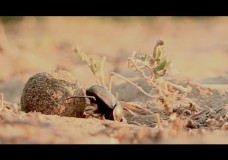


Recent Comments